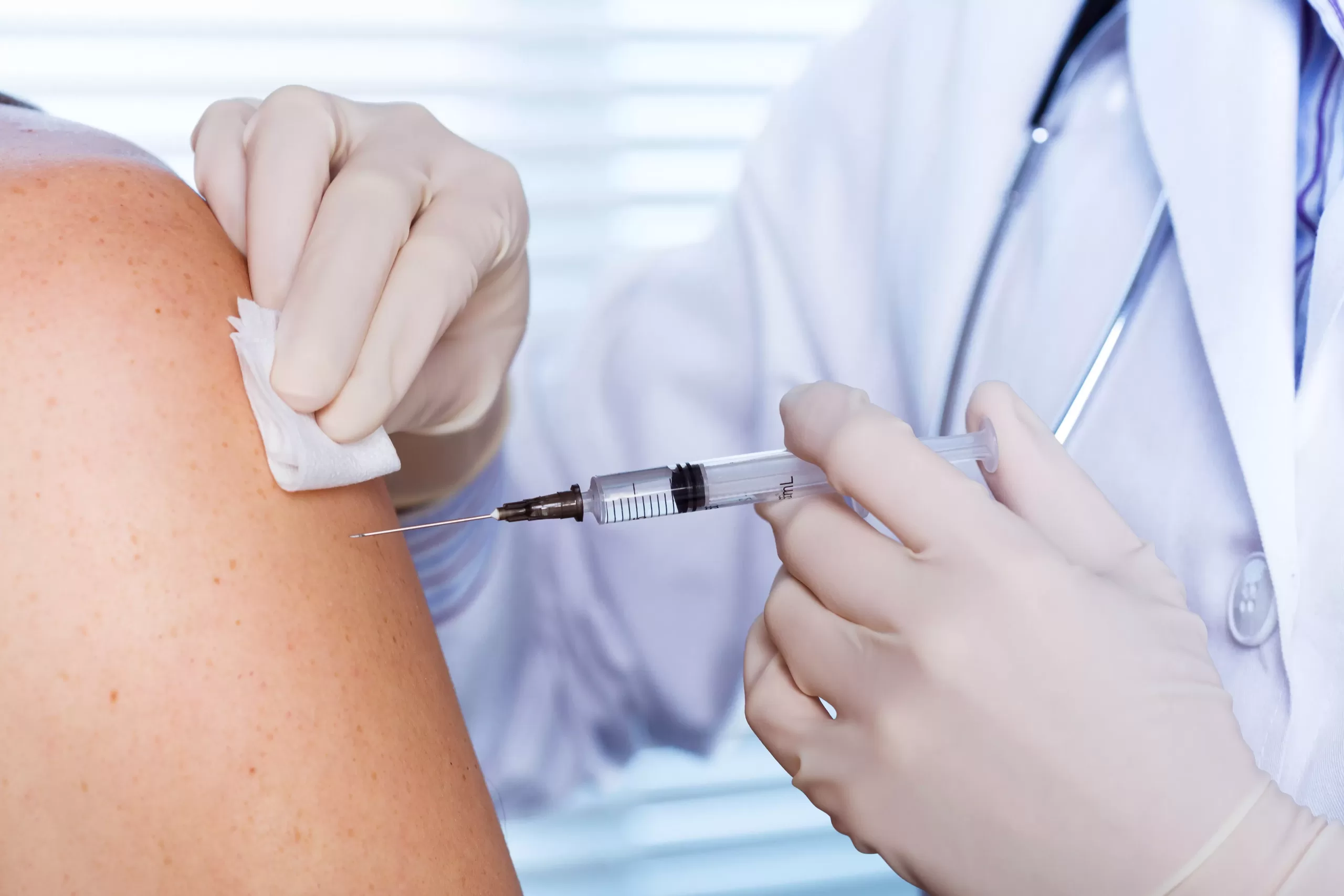Best Practices for Body Checks, A Crucial Part of Preventative Care
Spring brings sunshine, warmth, and the perfect opportunity to refresh essential routines—starting with body checks. For individuals who may have difficulty communicating, body checks are a simple but powerful tool for early detection of health concerns.
Performed regularly, body checks help identify bruising, pressure sores, allergic reactions, skin infections, improperly fitted devices, and other physical changes. The goal isn’t just to check a box—it’s to catch small issues before they become serious.
Here are a few best practices to keep in mind:
- Always conduct body checks in a private, respectful environment.
- Follow a consistent routine, working from head to toe.
- Don’t forget overlooked areas: behind ears, between toes and fingers, skin folds, and under medical devices.
- Be especially vigilant during spring and summer for insect bites, sunburn, and fungal infections that thrive in humid conditions.
- Document everything thoroughly—time, findings, who performed the check, and any actions taken.
And most importantly, act quickly if something seems off. Reporting concerns immediately and seeking medical attention when necessary can make all the difference.
If your team needs support, we’re here to provide resources on medication management and skin-related health guidance. A proactive approach today leads to better outcomes tomorrow.




